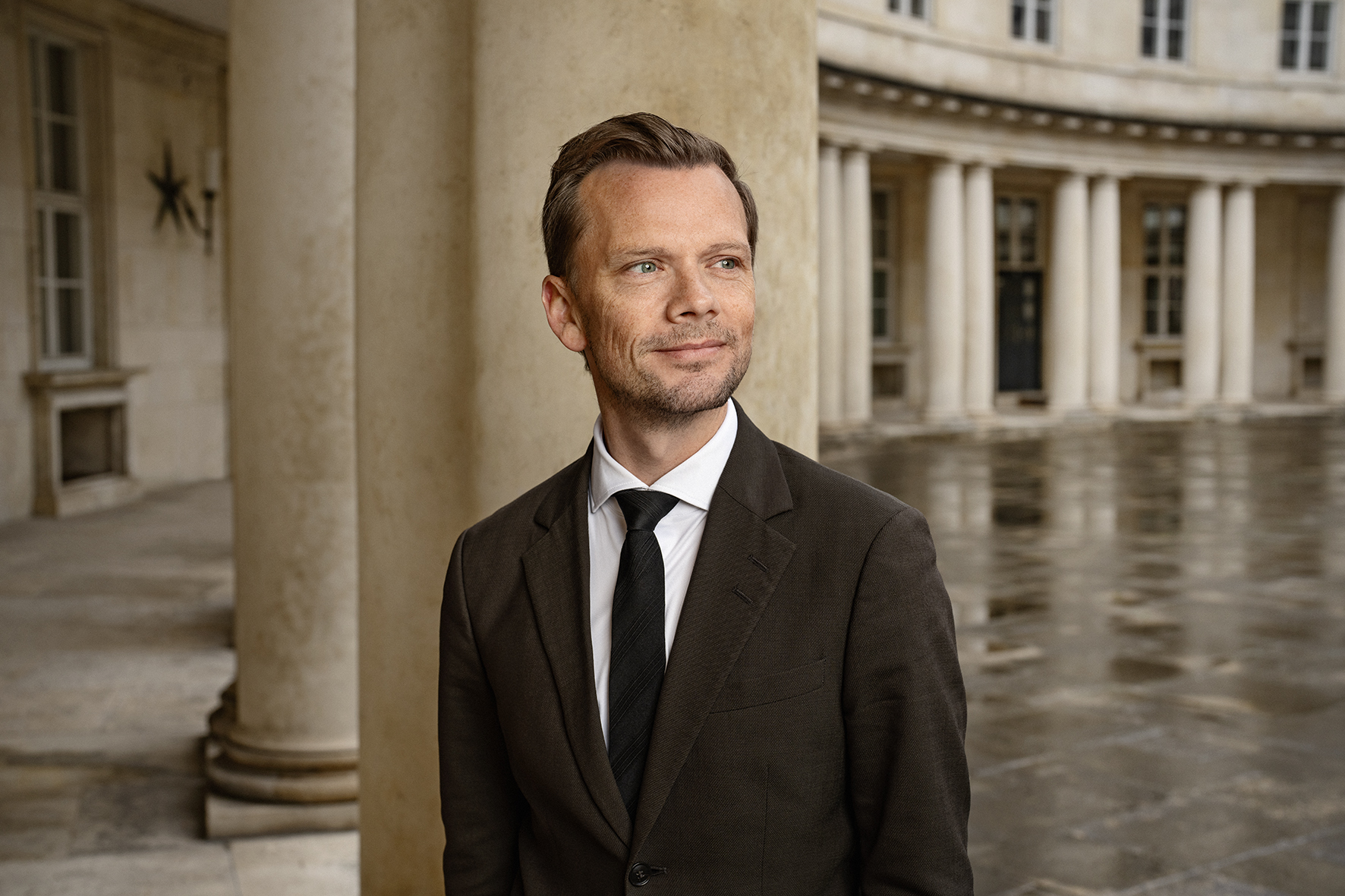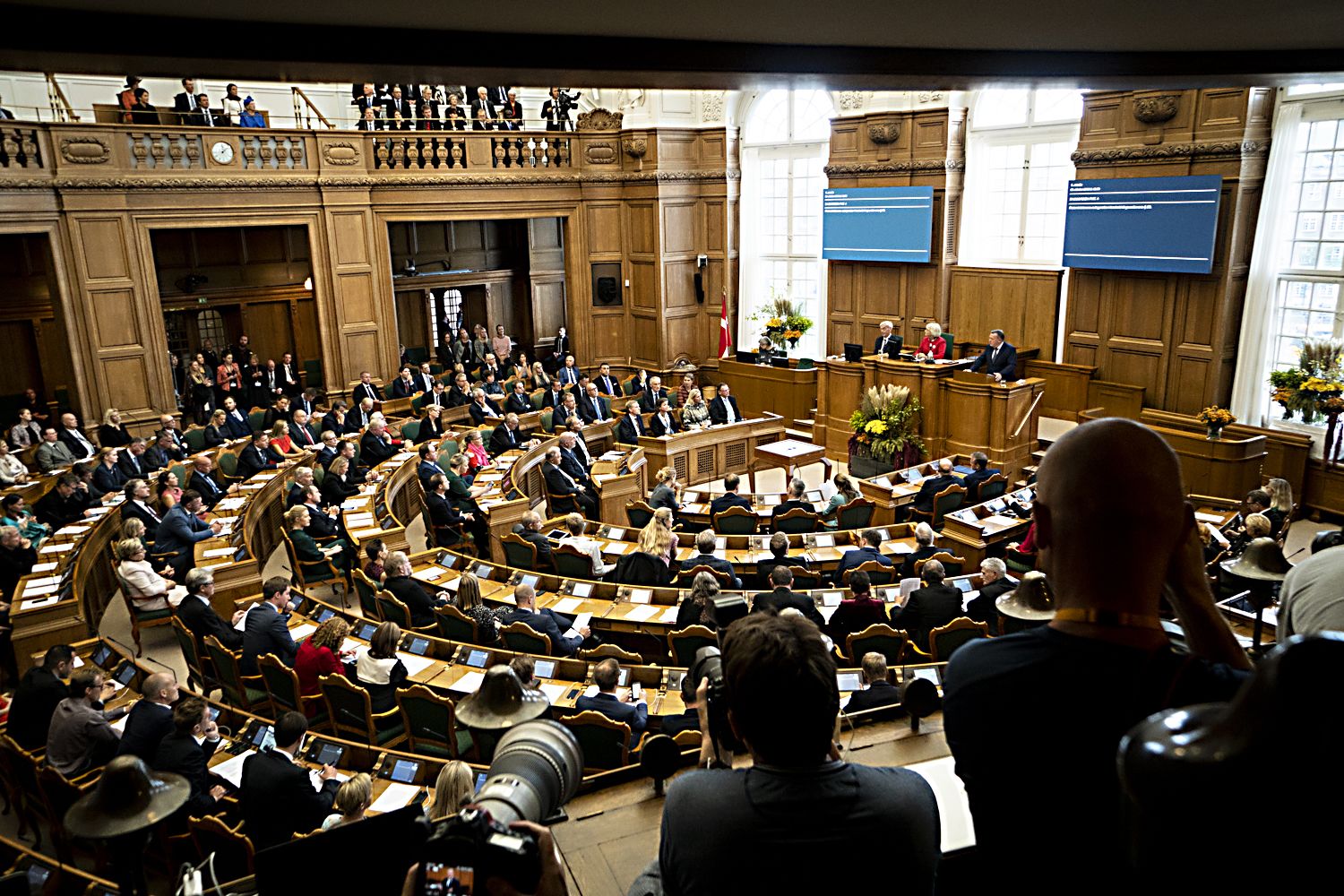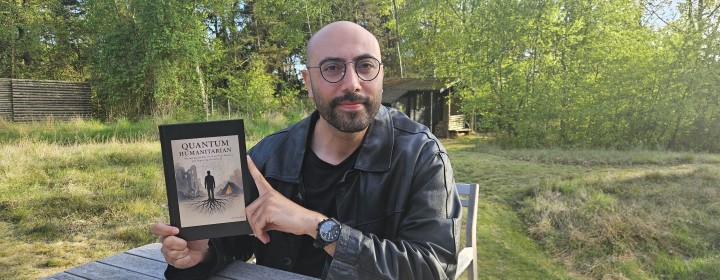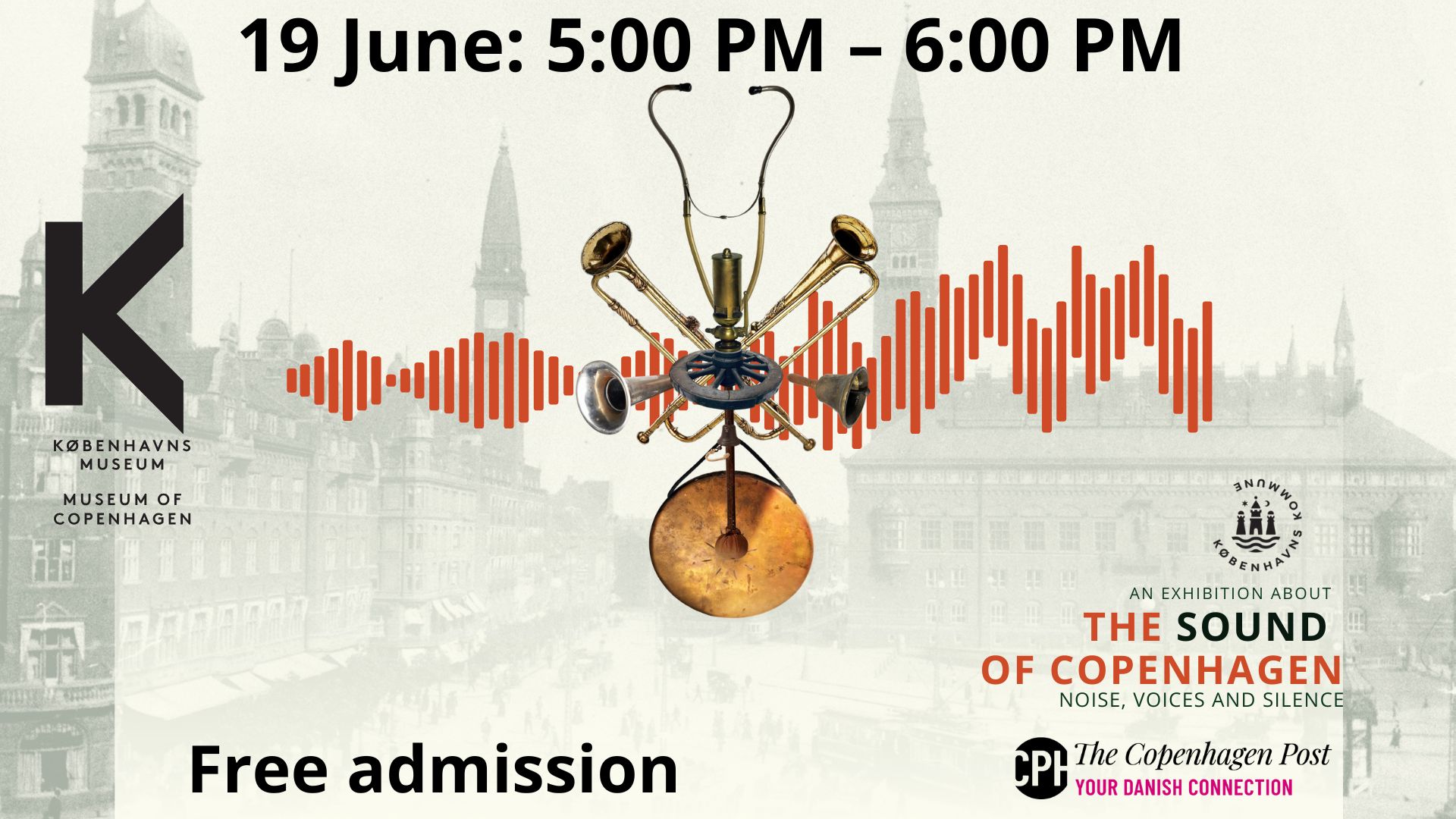Denmark’s average life expectancy might be a commendable 79.8 years old, but there is a difference of over five years depending on where you live.
A new report from the think-tank Cevea showed that Denmark’s lowest average life expectancy, 76.5 years, was in Lolland Municipality, nearly six years less than the 82.3 average in Rudersdal Municipality.
Holger Schou Rasmussen, the mayor of Lolland, argues that the stark difference is down to the many early retirees and long-term ill and socially vulnerable people who reside in Lolland.
“I am sure that engineers in Lolland live just as long as engineers in Hørsholm,” Rasmussen told Avisen.dk. “The trouble is that there are ten times as many engineers in Hørsholm.”
“The citizens who are most unhealthy are often early retirees or uneducated. It’s connected.”
READ MORE: The geography of death and the growing gap in the mortality rate
North Zealand ruling supreme
The report showed that the seven municipalities in Denmark with the longest average life expectancy are all in north Zealand: Rudersdal, Gentofte, Lyngby-Taarbæk, Furesø, Egedal, Allerød and Hørsholm.
The life expectancy of Copenhagen Municipality was found to be among the worst in the country at 77.6, well over two years below the national average.












